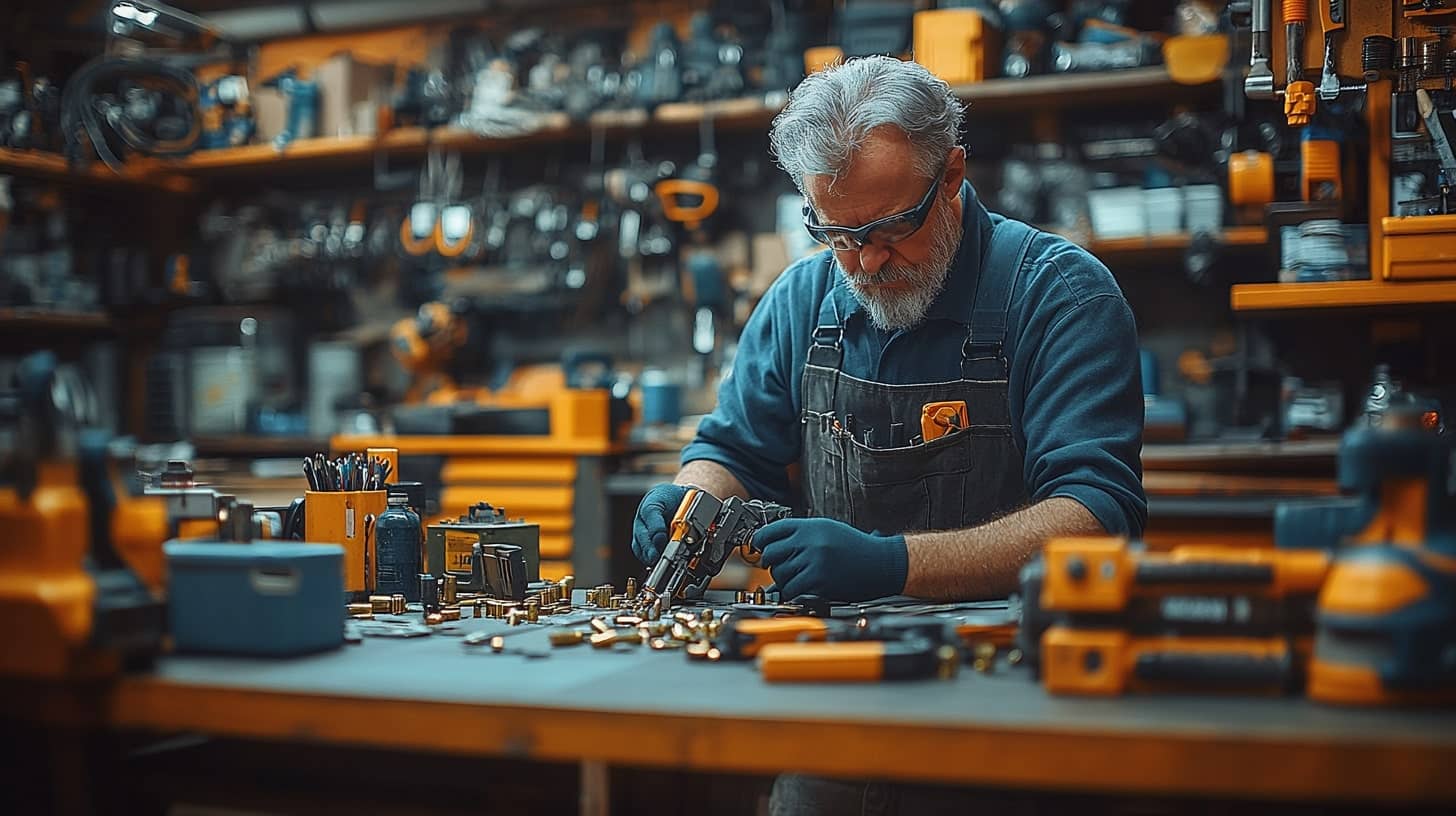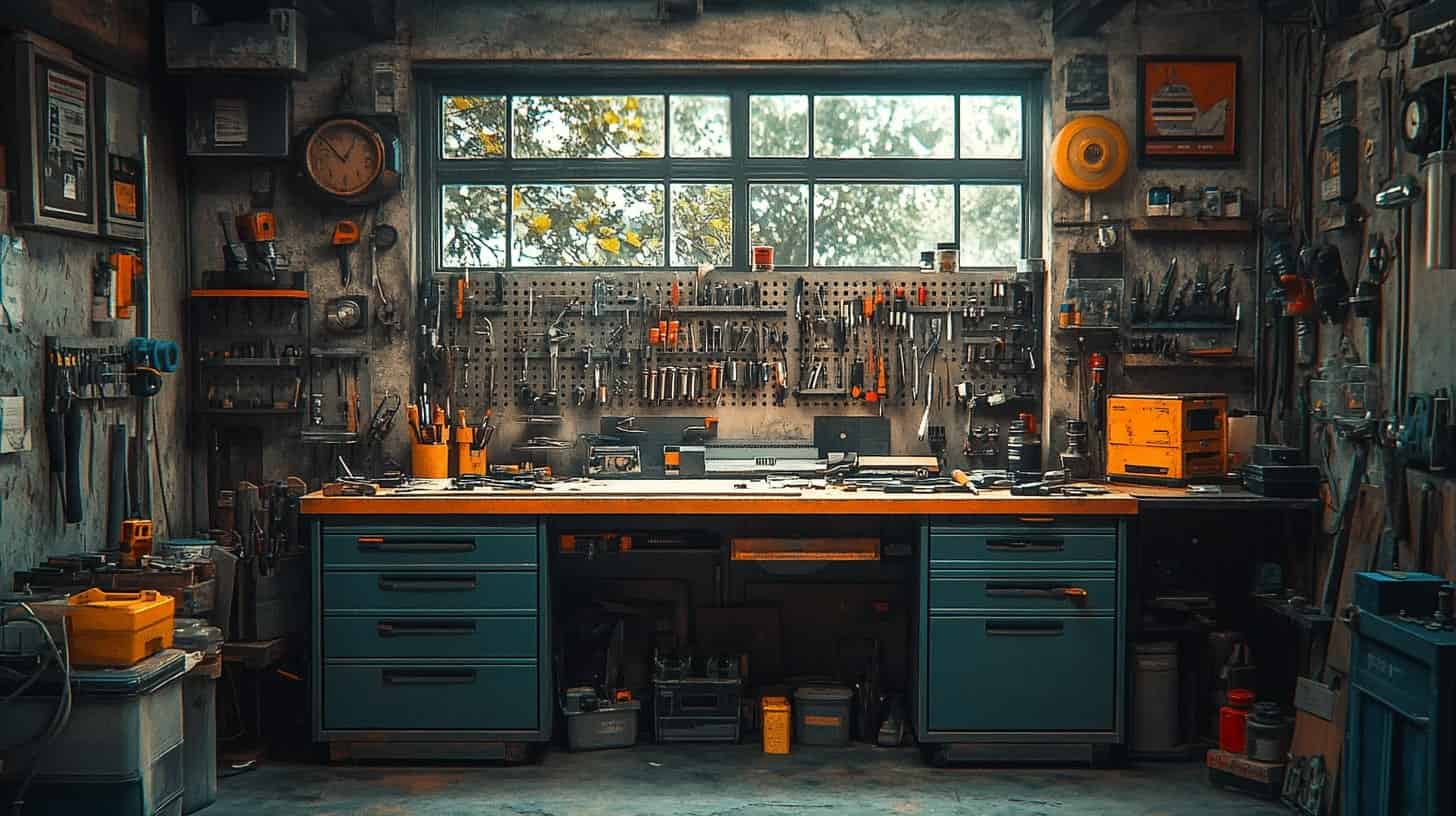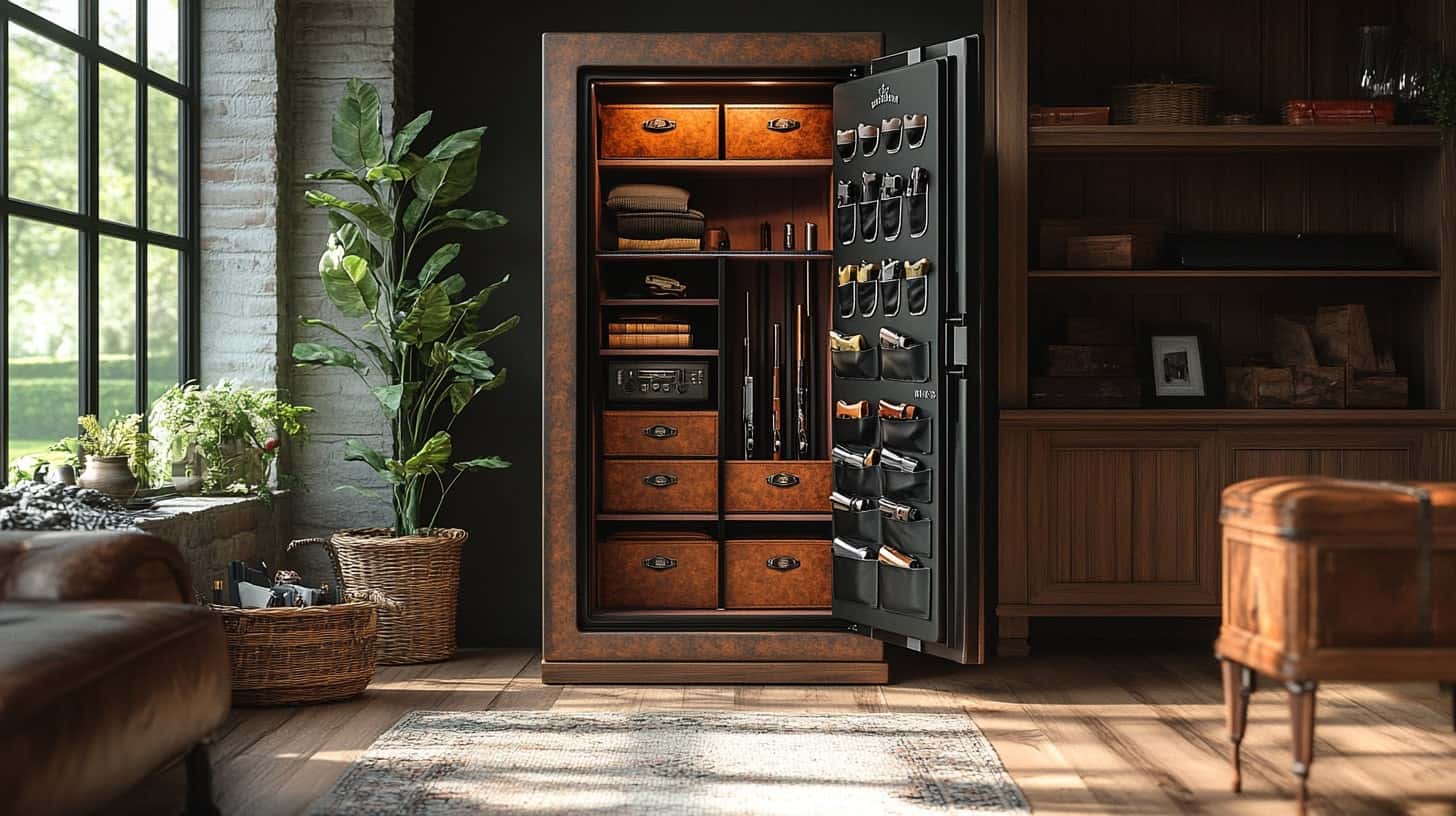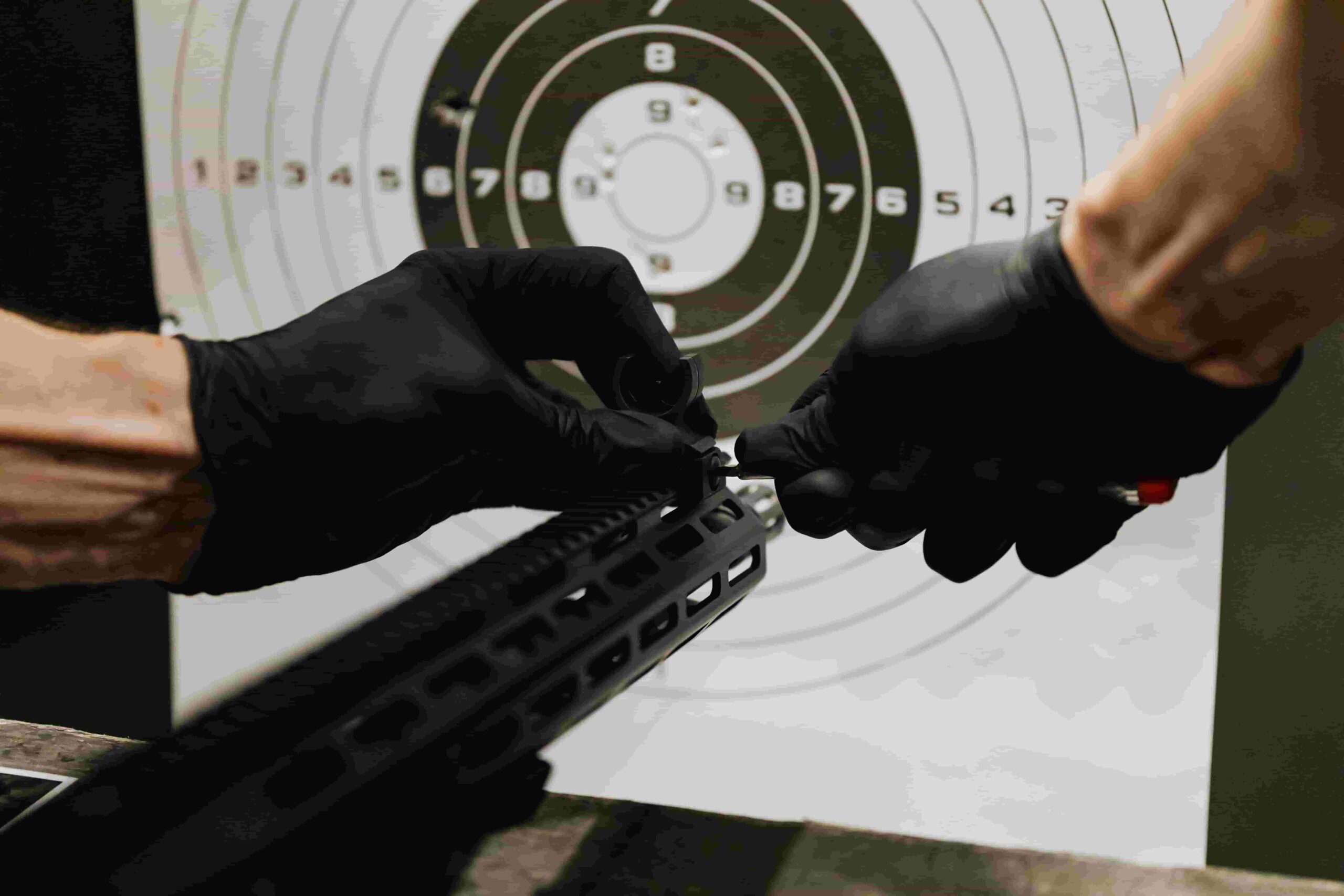Firearm assembly and disassembly are critical skills for any gun owner, whether you’re a seasoned shooter or a novice enthusiast. Properly taking apart and reassembling a firearm ensures not only its functionality but also its safety and longevity. Understanding the rules and best practices surrounding these procedures is essential to maintaining your firearms in optimal condition while avoiding accidents or damage.
In this guide, we’ll cover the fundamental principles of assembling and disassembling firearms, step-by-step procedures, and common mistakes to avoid. Whether you’re cleaning your gun, inspecting it for wear, or preparing it for storage, mastering these skills is an invaluable part of responsible gun ownership.
Why Assembly and Disassembly Matter
At first glance, disassembling and assembling a firearm might seem like a purely technical task. However, these actions have far-reaching implications for safety, performance, and maintenance.
- Safety First: Disassembly allows you to inspect your firearm for malfunctions, clear jams, and ensure that all parts are in working order. It also ensures you can clean the gun safely without risking accidental discharge.
- Proper Maintenance: Regular cleaning and lubrication require a thorough understanding of how to disassemble your firearm. This prevents buildup of dirt, carbon, and moisture that can lead to misfires or corrosion.
- Customization and Repairs: Whether you’re replacing worn-out parts or customizing your firearm with new components, assembly and disassembly are foundational skills that enable you to modify your gun effectively.
- Confidence and Familiarity: Knowing your firearm inside and out builds confidence in handling and operating it. This familiarity is invaluable in emergencies or high-pressure situations.
General Rules for Firearm Disassembly and Assembly
Before you begin, it’s important to understand and adhere to these universal rules:
- Unload the Firearm: Always ensure the firearm is unloaded before handling it. Remove the magazine, check the chamber, and double-check for any remaining rounds.
- Work in a Safe Environment: Choose a well-lit, clean workspace with enough room to lay out the firearm and its components. Avoid distractions and ensure no live ammunition is present in the area.
- Consult the Manual: Each firearm model has unique characteristics. Always refer to the manufacturer’s manual for specific instructions on disassembly and assembly.
- Use the Right Tools: Avoid makeshift tools that can damage the firearm or cause injuries. Invest in a quality gunsmithing toolkit designed for your firearm type.
- Follow Proper Order: Disassemble and reassemble parts in the correct sequence. Skipping steps can result in damage or improperly functioning components.
- Inspect Parts During Disassembly: While disassembling, take the opportunity to inspect parts for wear, cracks, or rust. Replace any damaged components immediately.
Step-by-Step Disassembly
While each firearm is different, here’s a general outline of the disassembly process for most firearms:
- Ensure Safety: Verify that the firearm is unloaded. Remove the magazine, and check the chamber visually and physically.
- Remove the Slide or Barrel: Depending on the firearm, begin by releasing the slide or barrel. This often involves manipulating a takedown lever or pins.
- Disassemble Major Components: Break the firearm down into its primary parts, such as the frame, barrel, slide, and recoil spring.
- Remove Small Components: Take apart smaller pieces like the firing pin, extractor, and other movable parts. Be mindful of springs and pins that may eject under tension.
- Lay Out Components: Arrange all parts in a logical order on your workspace to keep track of each piece.
Step-by-Step Assembly
Reassembly is essentially the reverse process, but extra care is needed to ensure everything is aligned and functional:
- Start with Small Components: Begin by reinserting small parts like springs and pins into their correct positions. Use tools to secure them without forcing.
- Reattach Major Components: Carefully slide the barrel, frame, and recoil spring back into place, ensuring all connections are tight and secure.
- Function Check: After assembly, perform a function check by cycling the action, dry-firing (if safe), and testing safeties and mechanisms. This ensures the firearm is operating correctly.
Common Mistakes to Avoid
Even experienced gun owners can make mistakes when disassembling or assembling firearms. Here are some pitfalls to avoid:
- Skipping the Manual: Failing to consult the manual can lead to improper handling or assembly.
- Using Excessive Force: If a part doesn’t fit, stop and reassess rather than forcing it. Misaligned components can break or cause malfunctions.
- Losing Small Parts: Springs, pins, and screws are easy to misplace. Use a small container or magnetic tray to keep track of them.
- Over-Lubricating: While lubrication is essential, too much oil can attract dirt and debris, causing buildup over time.
- Ignoring Wear and Tear: Neglecting to inspect parts during disassembly can lead to dangerous malfunctions later.
The Importance of Regular Practice
Like any skill, mastering firearm assembly and disassembly takes practice. Regularly disassembling and reassembling your firearm will help you become faster and more confident. Over time, you’ll develop a deeper understanding of your firearm’s mechanics, enabling you to troubleshoot issues and make adjustments with ease.
Conclusion
Understanding the rules of firearm assembly and disassembly is a cornerstone of responsible gun ownership. By following safety protocols, using the right tools, and practicing regularly, you’ll ensure your firearms remain in excellent condition and operate reliably. These skills not only enhance your firearm’s performance but also provide peace of mind, knowing that your weapon is safe and well-maintained.
Whether you’re cleaning, inspecting, or customizing your firearm, approaching assembly and disassembly with care and knowledge will help you make the most of your investment. Take the time to learn your firearm inside and out—it’s a skill that will serve you for years to come.





